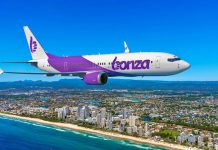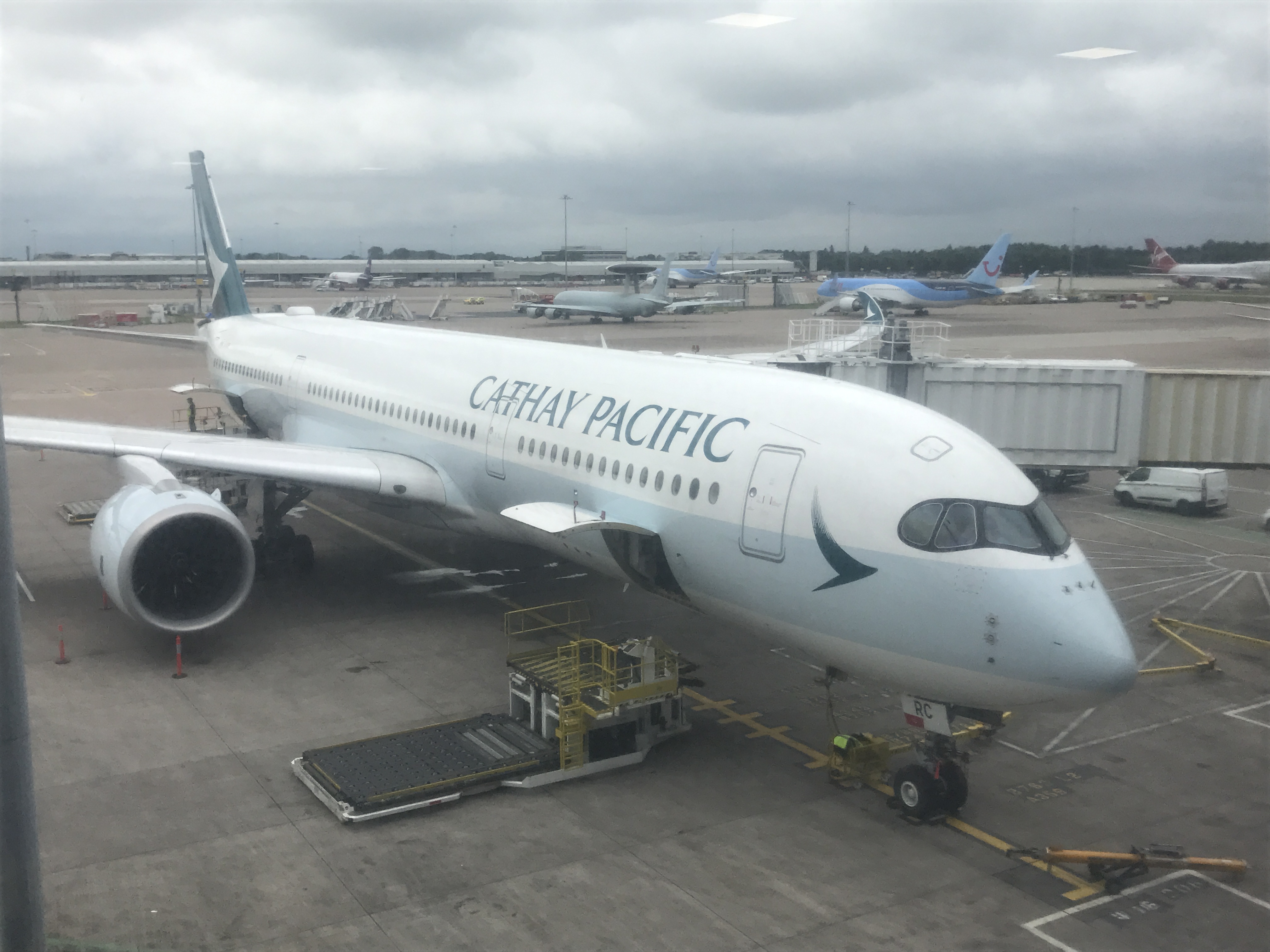The Airbus A350-1000, currently doing a promotional tour of Asia and the Gulf, looks set to become a permanent fixture in Sydney later this year as part of Cathay Pacific’s plans to boost Australian capacity.
A final decision has yet to be made but Cathay Pacific general manager South-West Pacific Rakesh Raicar said replacing an A330 serving Sydney route with the biggest member of the Airbus A350 family was part of the airline’s planning.
Cathay is expanding its reach this year with year-round services to Irish capital Dublin in March and to European political centre Brussels in June.
A seasonal service to Copenhagen in Denmark begins in May and frequencies on popular routes such as Barcelona, Spain, and Tel Aviv, Israel, will be increased in 2018.
The airline will also use the Airbus A350-1000 to connect its Hong Kong base to Washington, DC. The flight to Dulles International Airport will be the longest in the Cathay network at 7,085 nautical miles (13,122kms).
Raicar said the airline would use its fleet of Boeing 777s, A350-900s and A350-1000s to boost capacity to Australia.
The airline currently has three daily flights to Sydney using Boeing 777-300ERs and one using an Airbus A330.
“I don’t need to make any guesses what the planning would be for upgrading,’’ he said. “I would say that’s an ideal candidate for an A350-1000.’’
Melbourne, which has two daily B777 flights and an A330 service, could see the A330 upgraded to a B777.
The Hong Kong carrier has deployed its A350s extensively to Australia and continues to the country as an important market.
Raicar believes the combination of frequency and network connectivity will continue to make the airline attractive to its target customer base of frequent business travellers.
“So we’re doing two things together,’’ he said. “ One is we’re offering new destinations that you can fly to… and we are also thickening the high demand routes.
“For example, if we see that the demand for a route is very high we add more frequencies, therefore adding more flexibility to those destinations.”
The airline has in recent time experienced uncharacteristic losses as it battles stiff competition from mainline Chinese and other airlines.
It reported a $US262m loss in the first half in the first six months of 2017and introduced a three-year restructuring program aimed at cutting costs and boosting returns.
Raicar said the airline was seeing “light at the end of the tunnel”.
He said cargo, which is particularly important to Cathay, had been a bright spot and the airline was also benefiting from growth in world economy
“We’re a good cargo supplier in the market and cargo has seen growth in both revenue and yield,’’ he said.
The Cathay executive acknowledged that there was now more competition on Australian routes from Chinese carriers and that Cathay had lost market share to some destinations.
He conceded people would want to fly direct at the kind of prices Chinese carriers were offering.
“You see a shift in demand there’s no doubt,’’ he said. “But our dependence on the secondary cities in China has never been that that big.
“So you’re seeing some degree of market shift to a direct airline but that market shift is off a small market base.
“We continue to offer a great network, a great product out of Hong Kong.
“And business travellers, particularly, still look at us as the right choice to travel over Hong Kong to whichever destination they want to travel.”
In terms of overall competition, Raicar said the fall in yields on Cathay’s Australian routes had started to reduce as capacity into the country rationalised.
He said yields had declined by about 5 per cent in 2017 but that had been comprised of a fall of 8.2 per cent in the first half and 1.8 percent in the second half.
“So there’s an uptick, “ he said. “It’s still declining – it’s not positive – but the rate of the decline has gone down.”
























